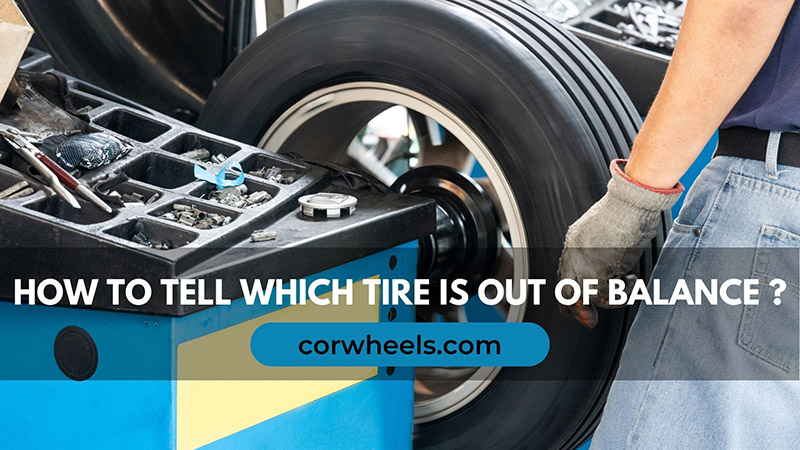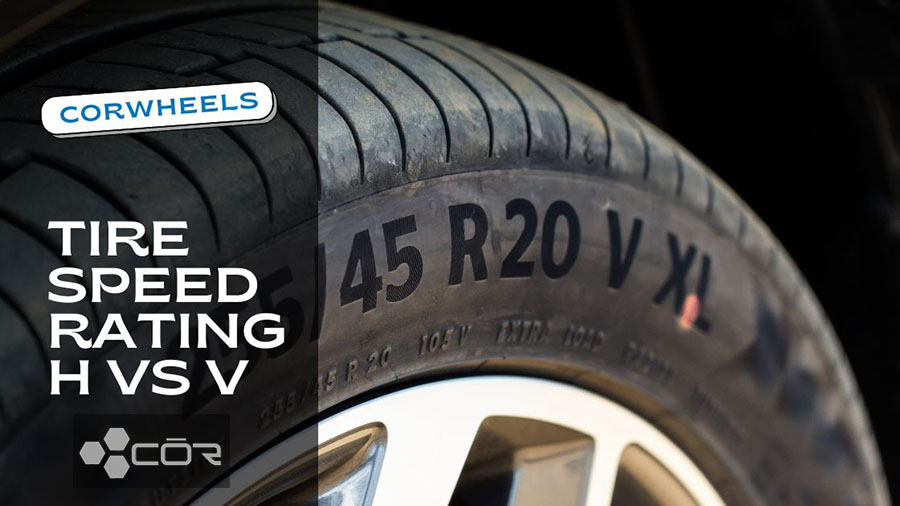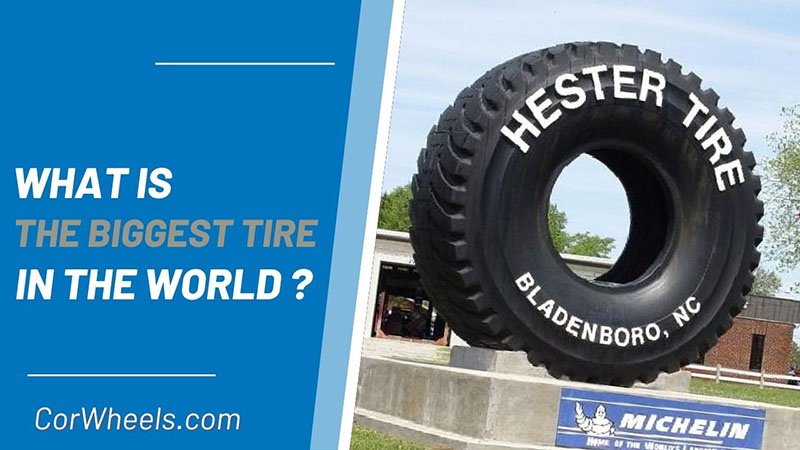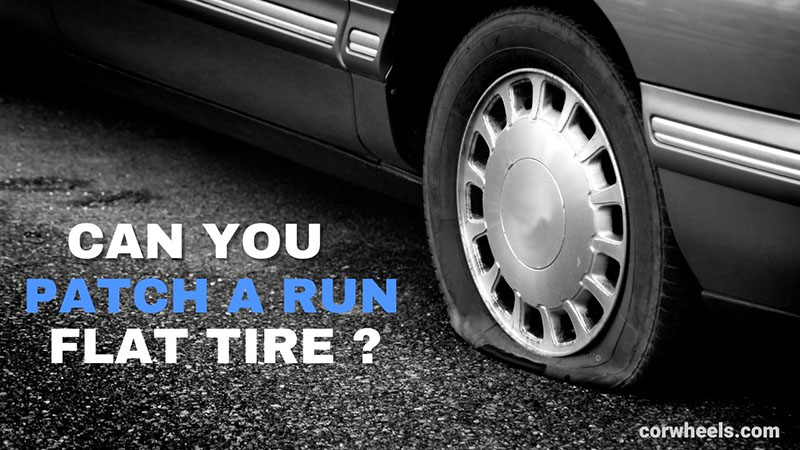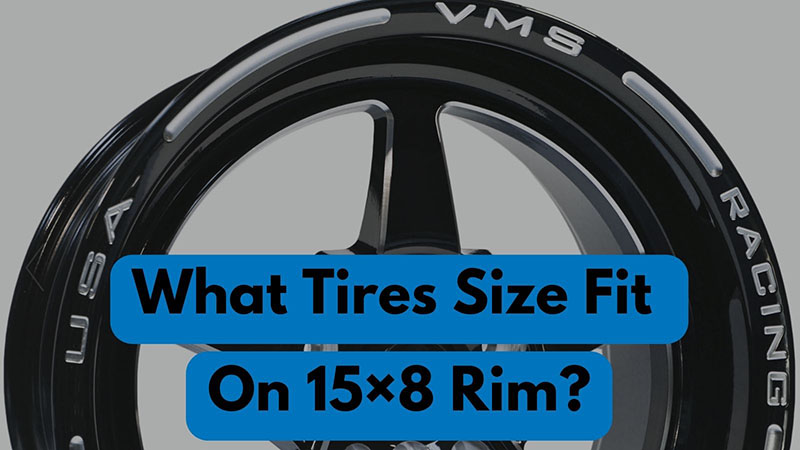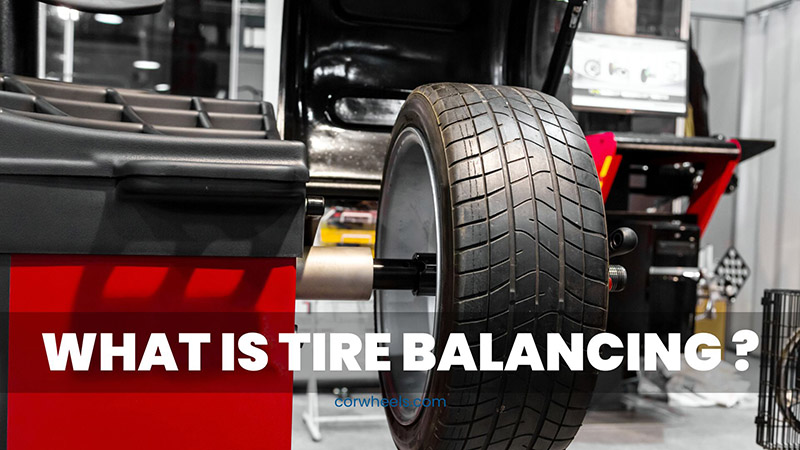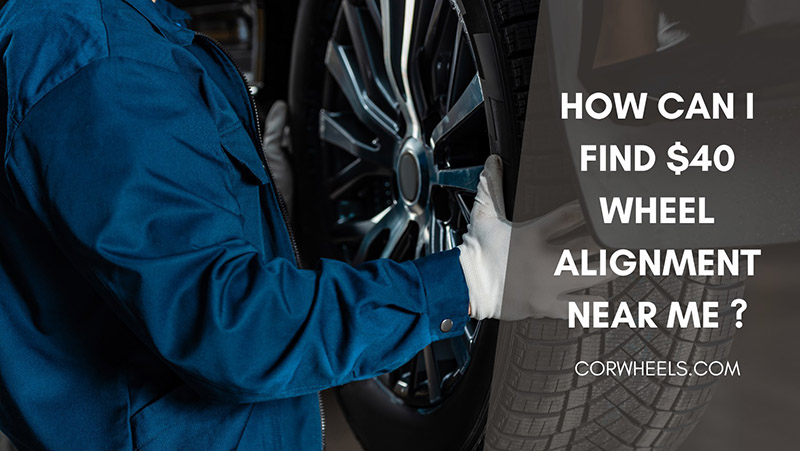Tire balancing ensures uniformity between the inner and outer circumference and perfect weight distribution over the entire tire. Some units, especially newly purchased ones, look balanced, but it is not easy to judge the actual condition.
Drivers should clearly understand missing wheel weight symptoms to make timely adjustments before more serious damage occurs. If you have no idea about this area, scroll down to learn.
In this article:
6 Tire Out Of Balance Symptoms
Less Responsive Steering Wheels
An imbalanced tire delays the steering wheel’s responsiveness every time you move in a certain direction. Obstruction is more obvious when you enter a corner or turn the car. The steering wheel struggles to resist the drag from the tires.
Therefore, it is difficult for the driver to control the vehicle at will. This increases the chance of an accident on the road.
Unequal Tire Wear
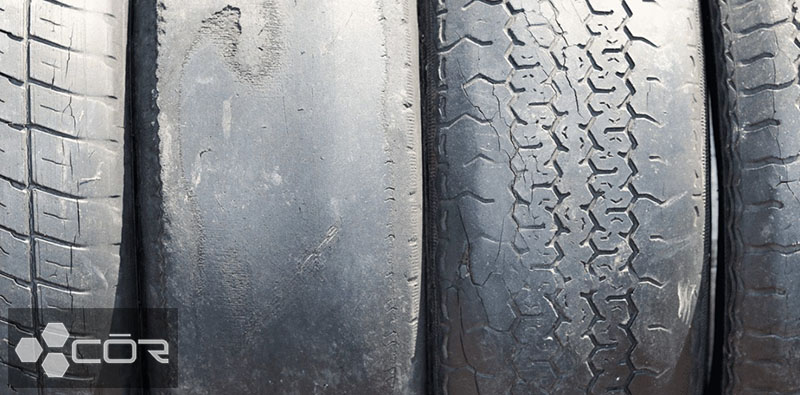
The treads indicate a better level of wheel balancing than you might think. You may notice an area with smoother patterns than the rest. You should also take note of cupping when part of the tire is bent inward or deflated. This phenomenon makes you mistakenly think that the tread is missing.
If these problems are not detected early, the risk of a flat tire increases. At that time, damaged units grind thin and break on their own.
Unfortunately, catching the signs with the naked eye is not easy. So use the coin test to find the correct answer. You only need to put a coin upside down into a groove. Once you notice the whole pattern of the coin, it’s time for a new replacement.
Poor Fuel-Efficiency
Missing wheel weight puts the vehicle under extreme strain due to drag, forcing it to work harder. The consequence is that the engine consumes more fuel to achieve your desired performance.
Keep a close eye on your fuel consumption to make an initial diagnosis. You should record the vehicle’s mileage and the number of gallons filled. Divide the first figure by the second one to calculate how many kilometers/miles you drive per gallon of gas.
Try to maintain the record a few times. If the results have a big gap, you have found the source of the problem.
Worn Shocks And Bearings
Other components, such as bearings and suspension, are also affected by tire imbalance. They warn vehicle owners through rattles, vibrations, or collisions. Degradation leads to sudden shocks that reduce the mileage rating of cars.
Rough Driving/Vibrating Experience
When you notice an unusual vibration effect, no matter where it comes from, it is one of the early symptoms of unbalanced tires. Half an ounce of underweight has also left a clear consequence.
Vibrations often start from the steering wheel when driving at high speeds. The shaking spreads to the front cabinet and seat as the situation becomes more serious. At this point, the unequal distribution of weight has come to the front tires.
If you do not get the treatment in time, even the passengers in the back seat will have a poor driving experience. This means that now all four of your tires suffer from imbalance.
Strange Noises
Luckily, there’s a glaring warning for amateur motorists – the buzzing or humming sound. Unusual hisses often come with vibrations. The wheels make more noise when you accelerate.
Some Other Tests To Tell
If all these signs aren’t enough to prove to you the issue going on with your tires, do a few experiments. The first test focuses on spinning the wheel to look for a wobble. All you need to do is:
- Check the air pressure in the tires. If the PSI rating exceeds the manufacturer’s recommendations, pump more air.
- Park the car on a flat surface and lock the wheels. Use a jack and jack stand to lift a wheel.
- Rotate one tire in a slow manner and observe. If the tire is experiencing missing weight, you may hear humming or swaying movements as described above.
- Repeat the steps with all the tires. To be sure, replace the suspect unit with another one and take a lap. The tires require repair if the vibrations do not repeat in the same position. Otherwise, there is a risk of damage going behind the suspension system.
The second test is to observe the vibration when swapping tires. Switch the position of the two front tires. Now, see whether the shaking remains unchanged or moves from one point to another. If nothing changes, repeat the step with the two rear tires.
When you have worked with the front tires and still feel the vibration in the drive wheel, the root of the problem might come from the rear ones. But if the shaking shifts from the steering wheel to the seat, the front tires are to blame.
The same holds true for rear tires (with different points of vibration, of course).
What Causes Tires Out Of Balance?
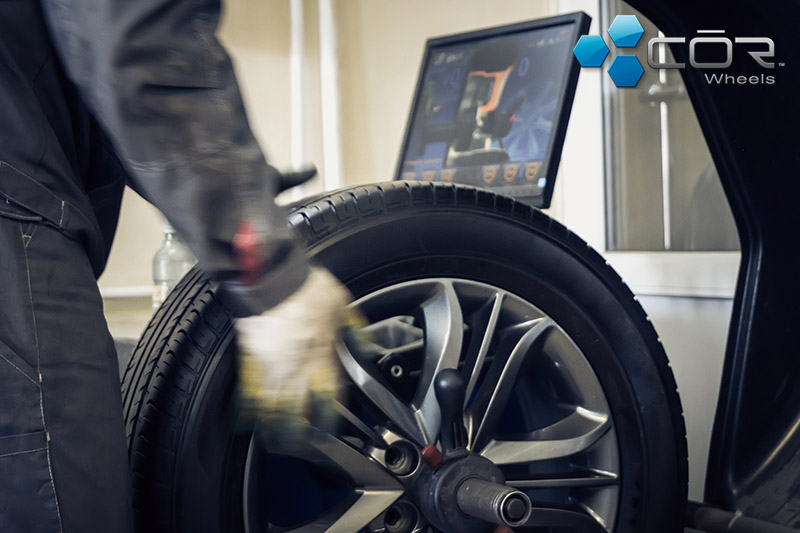
Normal Wear And Tear
No tires are designed to last forever. Even the usual driving and braking manner affects the even weight distribution. Because tires are exposed to constant friction from the hard pavement, treads wear out naturally after use and lose their stability.
Manufacture Defects
In fact, you may rarely invest in a defective new tire. Though it is a minor manufacturing defect, the weight difference still causes the vehicle to wobble.
Road Hazards
Potholes and pumps often leave major damage if you drive too fast. These obstructions can also lead to some small bulges or dents, but they all have the potential to affect the standard tire weight. Worse yet, they damage the wheels and rims.
Harsh Weather
Not many people know that extreme weather, especially cold climates, influences tires. At low temperatures, the air particles shrink, causing the tire to deflate.
This situation varies between models but always requires early detection. The lack of air pressure promotes wear if the tires are operated without proper maintenance.
Hot climates may sometimes contribute to poor tire condition. Asphalt pavements tend to accumulate heat under intense weather. As the tires roll on, they experience increased friction, eventually becoming unstable.
We have to commute 5 days a week on hot summer days in California, and our set of tires go to waste after only 3 years – an incredibly short life.
Improper Tire Pressure Or Wheel Alignment
Several other poor conditions with tires or wheels, such as improper pressure, misaligned spins, or bent axles, may trigger imbalance. For example, over- or under-flated tires make the vehicle lose equilibrium and tilt.
Meanwhile, wrong wheel alignment affects the angle of the tire when it contacts the road. A non-standard contact plane results in stress and unbalances the weight.
How To Treat Unbalanced Tires
DIY
The first thing to do is to find out the culprit of the uneven tires. If it is simple errors such as insufficient air pressure, the solution is as easy as a piece of cake.
More serious problems, however, require a wealth of mechanic experience and the necessary tools – a tire balancer for home repair (Frankly, you can do without it, but trial and error is never a good idea). Here is the step-by-step tutorial:
- Disassemble the wheel and take off all the weights.
- Remove debris from tires, rims, and related parts. If you use water, ensure to dry the tires before the next steps.
- Place your units on the balancer. We refer to a dynamic tool to simplify our work.
- Turn the wheels and mark where the weight is added (usually opposite the unbalanced position).
- Add the weights and check the state of balance until the wheels stop moving.
- Put the tire back on your car.
Visit Repair Shops
To simplify diagnosis and treatment, visit a professional mechanic and pay for professional service. Most auto centers have an odd-sounding machine detecting hard spots and measuring vibrations.
Results quickly indicate the tire’s condition, and a professional performs the necessary maintenance to correct it. Do not take it seriously; it is not expensive and time-consuming.
FAQs
How Long Can You Drive On Unbalanced Tires?
Many tire experts claim that unbalanced tires still function for 2-3 months without serious problems if the drivers follow the safety guideline. We used to drive on problematic tires for 6 weeks with no issue. However, it is not a good idea to do so due to the risk of a sudden accident.
How Much Does It Cost To Balance Tires?
A typical service may cost you between $30 – $80 on four tires.
Can You Balance Just One Tire?
Most manufacturers recommend a complete service on a full set of tires.
Will Tires Eventually Balance Themselves?
No. If they can balance themselves, you will never encounter vibrations then.
Conclusion
Many unbalanced tire symptoms can be noticed early if you pay close attention. Suppose your car vibrates or wobbles, especially when accelerating; it is probably the most accurate warning. Visit the mechanic right away! Whether it is missing tire weight or not, there is a risk of damage to your vehicle.

